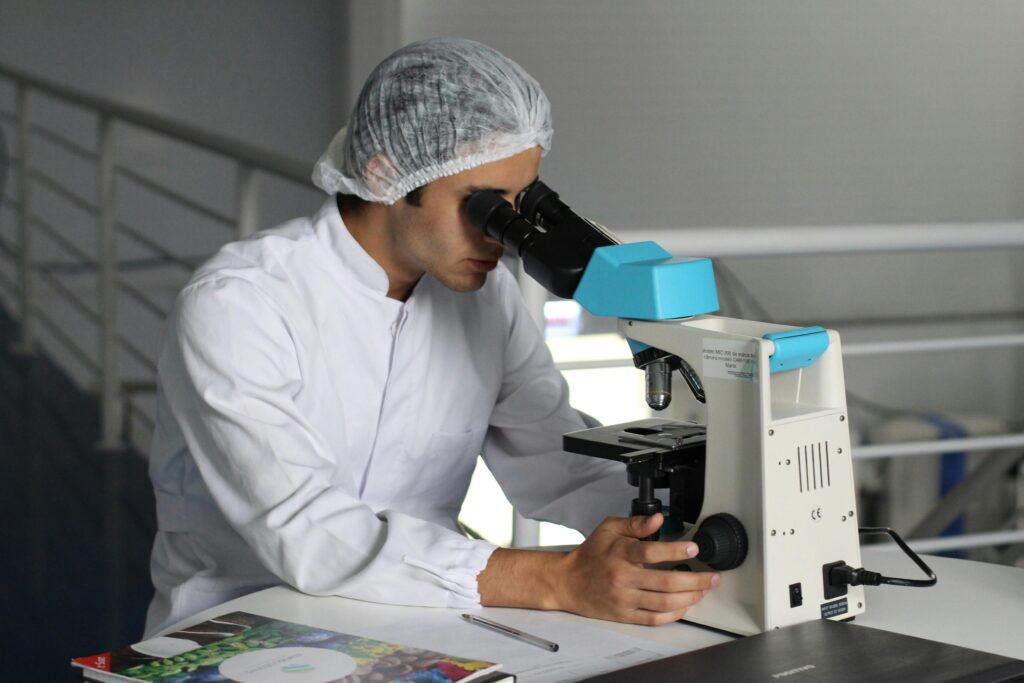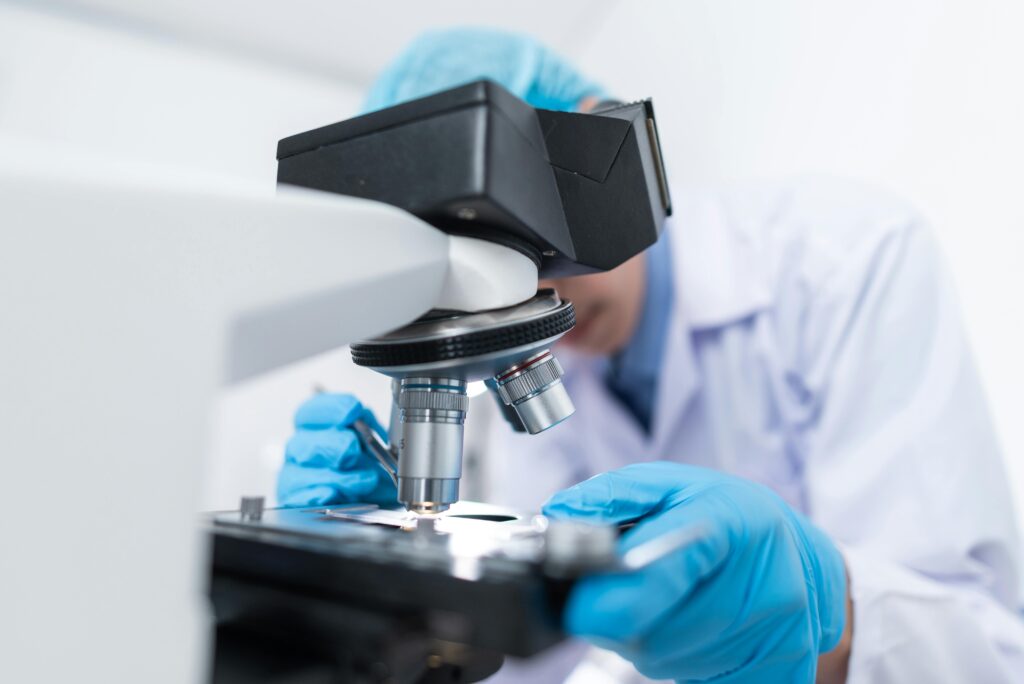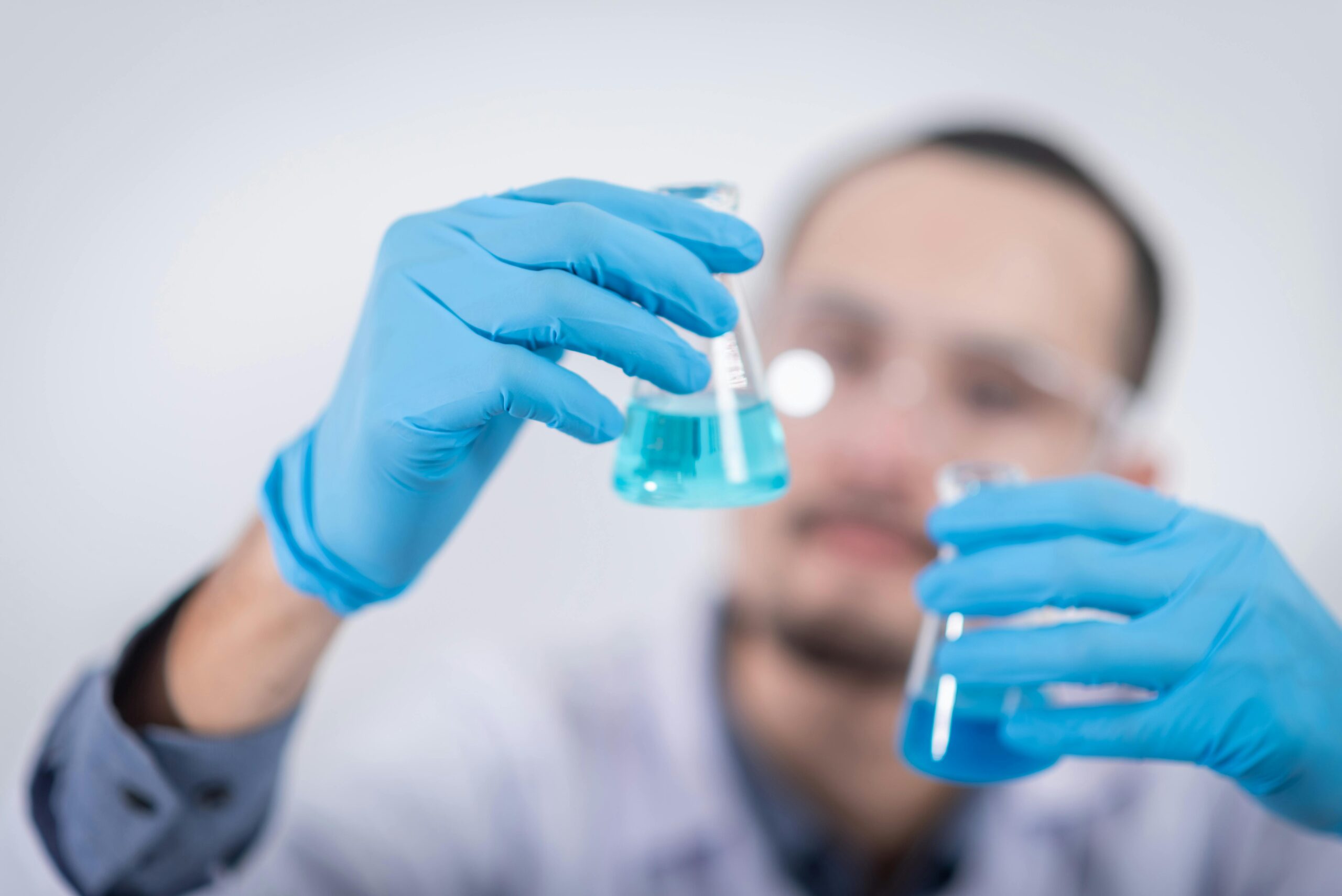Discover the numerous benefits of pulmonology in our comprehensive guide. Learn about common respiratory diseases, diagnostic tools, treatment options, and the importance of early diagnosis for improved quality of life and increased life expectancy. Stay informed and proactive about your respiratory health.
Introduction to Pulmonology
Pulmonology, a critical branch of medicine, focuses on diagnosing and treating diseases affecting the respiratory system. Imagine the respiratory system as a tree with branches and leaves, where each leaf represents a vital part of the breathing process. Pulmonology ensures this tree stays healthy and robust. But why is it so important?
What is Pulmonology?
Pulmonology is the medical specialty dealing with diseases involving the respiratory tract. It covers everything from asthma and pneumonia to more complex conditions like chronic obstructive pulmonary disease (COPD) and lung cancer. It’s all about keeping your lungs in peak condition.
Importance of Pulmonology in Healthcare
Why should we care about pulmonology? Respiratory diseases are among the leading causes of death worldwide. Effective pulmonology services can prevent complications, improve patient outcomes, and enhance the overall quality of life. It’s like having a dedicated guardian for your lungs.
Understanding the Respiratory System
To appreciate the role of pulmonology, we need to understand the respiratory system.
Anatomy of the Respiratory System
The respiratory system comprises the nose, throat, windpipe (trachea), and lungs. The lungs have tiny air sacs called alveoli, where oxygen exchange happens. Think of these as mini-exchange points fueling your body with life-giving oxygen.
Functions of the Respiratory System
The respiratory system’s primary function is to deliver oxygen to the blood and remove carbon dioxide. It’s a vital process, akin to a car’s engine needing the right fuel mix to run smoothly.
Common Respiratory Diseases
Pulmonology addresses a variety of respiratory conditions. Let’s explore some common ones.
Asthma
Asthma causes your airways to swell and narrow, leading to wheezing, shortness of breath, and coughing. It’s like trying to breathe through a straw.

Chronic Obstructive Pulmonary Disease (COPD)
COPD is a group of diseases causing airflow blockage and breathing-related problems. Smoking is the most common cause. Imagine trying to breathe with a heavy weight on your chest.
Pneumonia
Pneumonia is an infection that inflames the air sacs in one or both lungs. These air sacs may fill with fluid, causing a severe cough and difficulty breathing.
Tuberculosis
Tuberculosis (TB) is a serious infectious disease affecting the lungs. It spreads through tiny droplets when someone with the untreated, active form of TB coughs or sneezes.
Role of Pulmonologists
Pulmonologists are the unsung heroes of respiratory health.
Who is a Pulmonologist?
A pulmonologist is a medical doctor specializing in respiratory system diseases. They are the detectives of the medical world, solving the mystery of your breathing troubles.
Training and Expertise Required
Becoming a pulmonologist requires extensive training, including medical school, a residency in internal medicine, and a fellowship in pulmonology. This rigorous training ensures they are experts in their field.
Diagnostic Tools in Pulmonology
Diagnosing respiratory issues requires a range of tools and tests.
Spirometry
Spirometry measures how much air you can breathe in and out and how fast. It’s like a fitness test for your lungs.
Chest X-ray
A chest X-ray helps visualize the lungs, heart, and chest wall. It’s a snapshot giving valuable insights into your respiratory health.
CT Scan
A CT scan provides detailed images of the lungs, helping detect issues that might not show up on a regular X-ray.
Bronchoscopy
Bronchoscopy allows doctors to look inside the lungs using a thin tube with a camera. It’s like sending a tiny explorer into your airways.

Treatment Approaches in Pulmonology
Treating respiratory diseases requires a multifaceted approach.
Medications
Medications, including inhalers and antibiotics, are often the first line of defense in treating respiratory conditions.
Pulmonary Rehabilitation
Pulmonary rehabilitation involves exercises, education, and support to help patients manage their respiratory problems and improve their quality of life.
Surgical Interventions
In severe cases, surgery may be necessary to remove diseased lung tissue or perform a lung transplant.
Preventive Measures for Respiratory Health
Prevention is better than cure, especially when it comes to respiratory health.
Lifestyle Changes
Quitting smoking, maintaining a healthy diet, and regular exercise are crucial for healthy lungs.
Vaccinations
Vaccinations against flu and pneumonia can prevent respiratory infections.
Avoiding Pollutants
Avoiding exposure to pollutants and allergens can significantly reduce the risk of respiratory diseases.

Benefits of Early Diagnosis and Treatment
Early diagnosis and treatment of respiratory diseases offer numerous benefits.
Improved Quality of Life
Timely treatment can alleviate symptoms, allowing patients to live more comfortably and actively.
Reduced Healthcare Costs
Preventing complications reduces the need for extensive medical treatments, thus lowering healthcare costs.
Increased Life Expectancy
Early intervention can prevent the progression of diseases, ultimately extending life expectancy.
Pulmonology and Chronic Conditions
Managing chronic respiratory diseases is a significant part of pulmonology.
Managing Chronic Respiratory Diseases
Effective management includes regular monitoring, medication, and lifestyle adjustments.
The Role of Long-term Care
Long-term care and support are essential for patients with chronic conditions to maintain their health and well-being.
Innovations in Pulmonology
The field of pulmonology is continuously evolving with innovations.
Advances in Treatment Options
New medications, minimally invasive surgeries, and better diagnostic tools are continually being developed.
Telemedicine in Pulmonology
Telemedicine allows pulmonologists to consult with patients remotely, making it easier for patients to receive care.
Future Directions in Respiratory Care
Research is ongoing to find better treatments and possibly cures for respiratory diseases.
Pulmonology and Mental Health
The impact of respiratory diseases extends beyond physical health.
Psychological Impact of Respiratory Diseases
Chronic respiratory diseases can lead to anxiety, depression, and other mental health issues.
Support Systems and Counseling
Support groups and counseling can help patients cope with the psychological effects of their conditions.
Case Studies and Real-Life Examples
Real-life stories highlight the impact of pulmonology.
Successful Treatments
Examples of successful treatments can inspire hope and confidence in patients.
Patient Stories
Hearing from patients who have managed their conditions well can be incredibly encouraging.
The Importance of Pulmonary Rehabilitation
Pulmonary rehabilitation is a vital aspect of treatment.
Benefits of Rehabilitation Programs
Rehabilitation programs improve patients’ physical fitness, reduce symptoms, and enhance their quality of life.
Components of a Rehabilitation Program
These programs typically include exercise training, nutritional advice, and education on managing the disease.
FAQs about Pulmonology
Q: What does a pulmonologist do? A: A pulmonologist diagnoses and treats respiratory system diseases.
Q: When should I see a pulmonologist? A: You should see a pulmonologist if you have a chronic cough, difficulty breathing, or other persistent respiratory issues.
Q: How are respiratory diseases diagnosed? A: Respiratory diseases are diagnosed using tests like spirometry, chest X-rays, CT scans, and bronchoscopy.
Q: Can respiratory diseases be cured? A: While some respiratory diseases can be cured, others can only be managed with treatment.
Q: What are the benefits of pulmonary rehabilitation? A: Pulmonary rehabilitation improves physical fitness, reduces symptoms, and enhances the quality of life for patients with respiratory diseases.
Conclusion
Pulmonology plays a crucial role in maintaining respiratory health. Early diagnosis, effective treatment, and preventive measures can significantly enhance the quality of life for individuals with respiratory diseases. Staying informed and proactive about respiratory health can make a world of difference.
